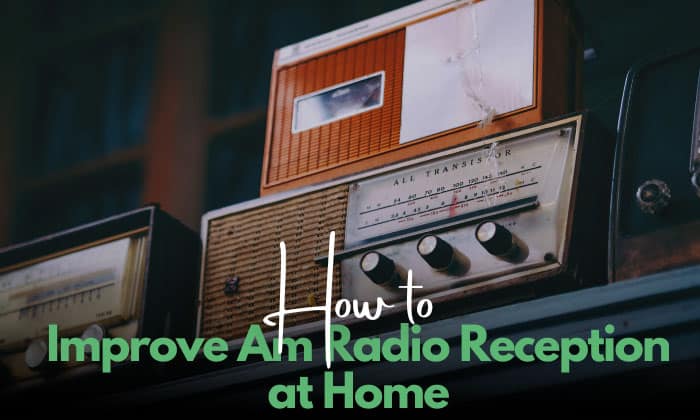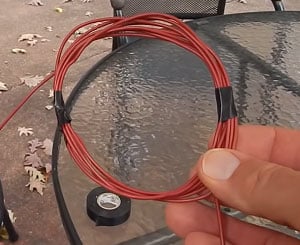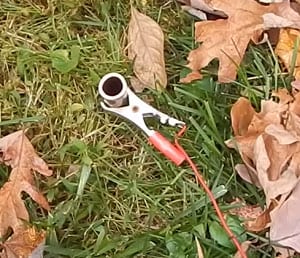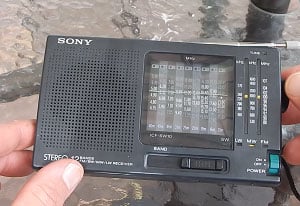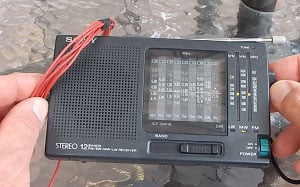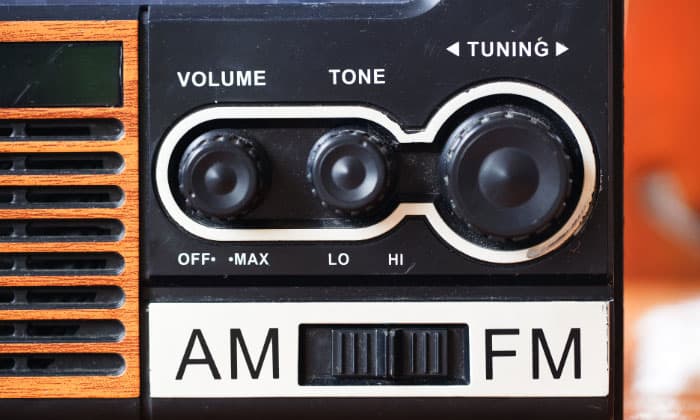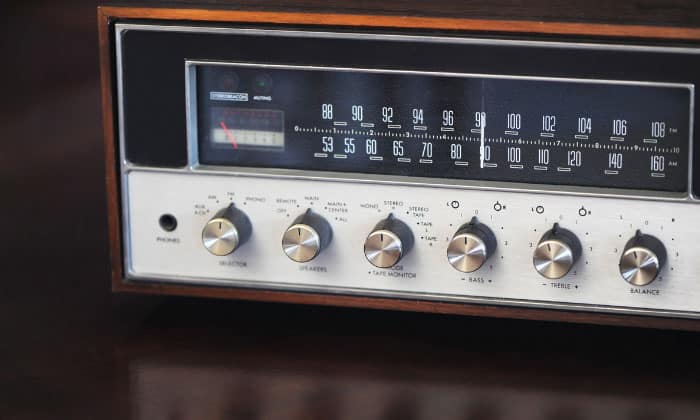Having a good time through listening to your favorite broadcasting station could become a hassle if you endure so much static noise and poor reception from your AM radio. The interference of noise is truly annoying but luckily, this problem is just easy to solve through a simple solution.
So, “how exactly could I get rid of AM radio static in my house?” Well, continue reading to know how to improve AM radio reception at home by using a wire and following the tips in this guide.
Step-by-step to Improve AM Radio Reception at Home
The best thing you can do is to have an external antenna to boost AM radio reception. If you’re having some limitations, you may also create a Do-It-Yourself (DIY) AM antenna booster.
In addition to that, you can also improve FM radio reception by following the same tips detailed in this guide for a better experience and results.
What to Prepare:
- Insulated copper wire (1oo feet)
- Zip ties
- Crimping tool
- Alligator clips (2 pcs)
- Ground metal stake with at at least 0.5” diameter pipe (3 or 4-foot)
- Pipe clamp
Step 1: Create the coil
Create a coil with seven spins of the insulated copper wire and use zip ties to make it round. Utilize the wire and leave enough of it because it will be used to go through the ground stake.
Step 2: Connect the alligator clips
Connect the alligator clips on both ends of the wire using a crimping tool.
Step 3: Bury the ground stakes
Bury the ground stakes safely to which the place of elevation is nearby. Trace it using the wire.
Step 4: Stretch the DIY antenna wire
If possible, stretch the antenna towards the location of your preferred broadcasting station.
Step 5: Attach the wire
Attach the wire to the pipe clamp in your ground stakes.
Step 6: Place the antenna
You may then mount the antenna as high as possible in a place but note that 8 feet are enough for safety. In placing the antenna, make sure to do it safely and sturdily to avoid future inconvenience.
Step 7: Connect the antenna to your AM radio
Now that you have made your external antenna, connect it to the back of your radio using the other end of the alligator clamp.
Step 8: Test it
Lastly, to surely get better radio reception, do trial and error and test it. If no changes happen, you may repeat or adjust some steps to aid them.
Helpful Tips
1. Relocate the radio
You may consider the location of your radio. Relocate it into a place where physical obstructions are rare so you can make radio antenna reception better.
The best way in selecting the right place is to test it in different areas in your house. Eventually, you will find the optimal place.
2. Inspect the coverage of the stations
If the reception is still weak after relocating, inspect if the radio stations you are attempting to connect to are inside the service region. Together with physical obstructions, the signal will have a hard way especially if the radio transmitter is too far from your antenna.
You may ask your neighbors or look for coverage maps online for better information.
3. Consider your home’s walls
If you are living in a house with wooden walls, this is not a problem. But if your home is made of cement, brick, aluminum, or metals, you might really need to consider making an external antenna, rather than moving your radio, or even an expert’s advice if worse.
4. Minimize electrical usage
Aside from elevating your radio, another method as an AM radio interference filter is to unplug electrical appliances, equipment, or devices. Turn them off while using your radio to have better reception.
5. Look for expert advice
You cannot go wrong in looking for an expert’s advice if you really find it difficult to aid the problem. Sometimes, the technicalities lie inside your radio so it might be more beneficial to let a technician check everything instead of just you focusing on the antenna.
FAQs
Why AM radio interference?
Aside from physical obstructions like buildings, much interference occurs in Amplitude Modulation (AM) radio because it has radio waves that other sources also produce. These sources are the major causes why you hear unusual noises or static.
The other things that emit radio waves are the powerlines (mostly the main cause), lightning, electrical appliances, and even the sun. Your AM radio’s antenna can detect these additional waves as variations in amplitude and eventually overlap with your target channel causing the problem.
How do I get rid of static on my AM radio?
The general rule for you to get rid of that static noise is to move your radio or extend your antenna. Find a higher place where you can minimize obstructions or try rotating your radio if possible.
Also, you may get a wire and wrap one end around the antenna, as well as its other end, throughout the radiator. These may get rid of those interruptions and the best part, they could also improve FM signal on radio.
If you need a more detailed way, just read above for the steps and tips.
What can I use for an AM antenna?
If you are looking for a thing you can use as an AM radio signal booster, consider wires as your best friend. Together with a separate wire connected to the ground, you may have better signal reception at home if you also connect a lengthy wire antenna to your AM radio’s antenna input.
Also, creating a wire loop as a DIY AM antenna is very effective at having a great signal reception, as mentioned above, and it is best used outside even in cars. As simple as this logic may be, as long as an external AM radio antenna is available to be connected at the back of your radio, you may do it.
Conclusion
Learning how to improve AM radio reception at home is very beneficial, especially in times when unexpected circumstances like poor communication after calamities happen. If you know the logic behind radio waves transmission, it will be so much easier to aid AM radio for poor reception areas like making a DIY antenna.
So if you find this guide useful, you may share it with others and let them learn how to have a better experience with their radios at home.

Hello! I am Hart, the content writer and editor here at G0HWC. I used to be in the same local radio club with Howe, and he convinced me to join him in spreading my love for the radio with others. With a background in radio studies, I spend every day crafting accurate, easy to read content on various topics related to owning and using radios. I hope that my content can help you confidently venture in your radio journey!

